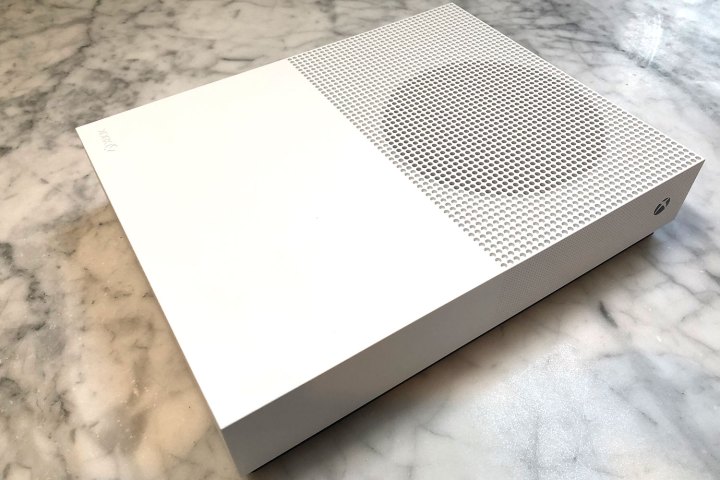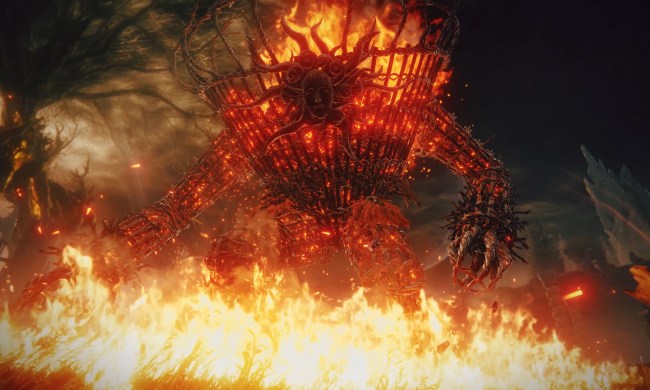
The video game industry is big business, and the latest report issued by the NPD Group shows just how much U.S.-based gamers spend each quarter. In 2019’s third quarter alone (July to September), spending reached a whopping $9.18 billion.
The report, Games Market Dynamics: U.S., breaks that number down to three figures. First, sales of video game content reached $8.1 billion in the third quarter, up 3 percent compared to the same quarter in 2018. These sales consist of digital console content, subscriptions, and mobile games.
“Games such as Borderlands 3, Candy Crush Saga, Fortnite, Grand Theft Auto V, Madden NFL 20, Minecraft, NBA 2K20, and Pokémon Go were among the best-performing titles of the third quarter,” the NPD Group states.
Adding to digital sales were lackluster hardware sales during the same quarter, which at $575 million were down 22 percent compared to Q3 2018. Video game accessories were down 3 percent in Q3 as well, at $390 million. Gamepad and interactive gaming toy spending helped offset declines in headsets and other devices.
The hardware decline isn’t unexpected. With Microsoft boasting Project Scarlett’s capabilities and Sony teasing the PlayStation 5, gamers are likely holding on to their cash until the 2020 holiday season, when both are expected to arrive.
According to the report, even strong Nintendo Switch sales could not offset the overall hardware sales decline. Year-to-date sales for 2019 — from January through September — only managed $1.9 billion, a 23-percent drop compared to 2018. Year-to-date spending on gaming accessories declined as well be 3 percent, earning $1.3 billion.
Year-to-date spending on software, however, experienced a 1-percent rise to $27.9 billion. The report notes that sales of physical media declined during the third quarter.
“Growth in digital content spending on consoles has also been remarkable, driven by live service games that are building consistent engagement ties with consumers,” the NPD Group adds. “These factors have allowed the industry to reach growth, despite challenges in other categories of spend.”
At launch, Nintendo sold nearly 2 million Switch Lite units. It’s a new, smaller version of Nintendo’s handheld console that doesn’t include detachable, motion-sensing controllers or a dock. It’s smaller, lighter, and less expensive than the original Nintendo Switch. The Lite’s built-in battery lasts up to seven hours, slightly longer than the original unit.



